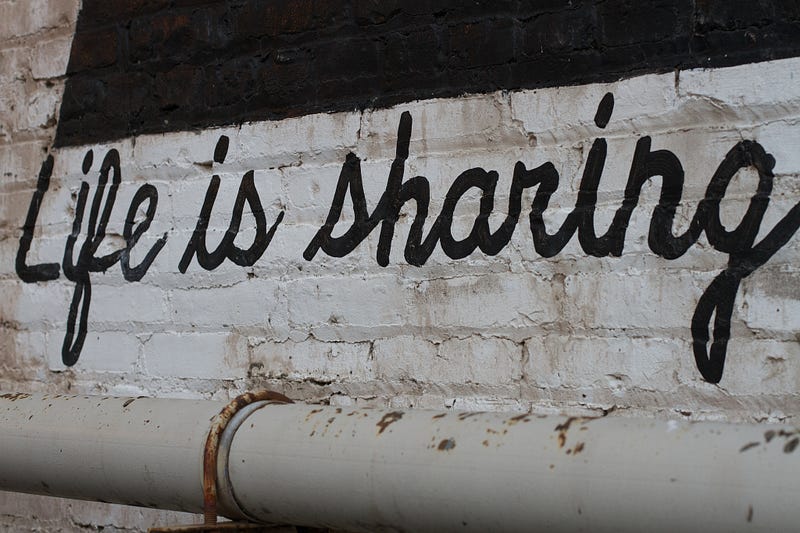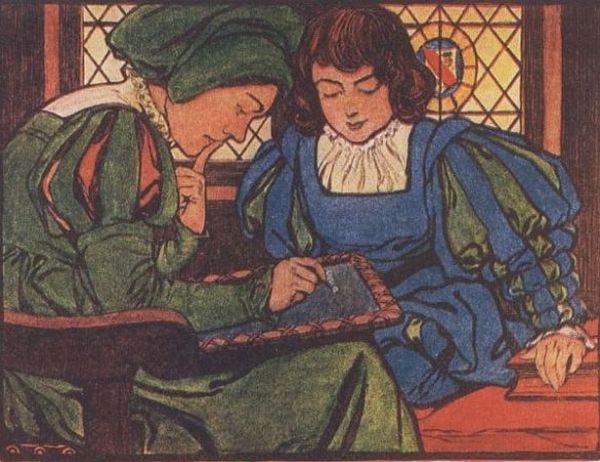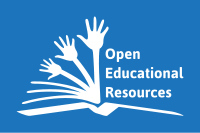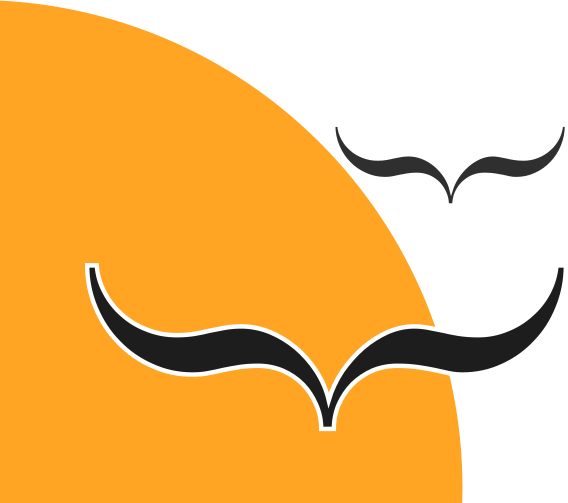
Are teachers active creators of educational content for their classes, or a service hatch for publisher offerings? Due to the growth of the Open Educational Resources (OER) movement, it’s becoming easier to identify examples of creative teachers who not only develop their own materials, but also share those resources back to the community as OER. This type of approach to education — as well as the changing role of the teacher — is no longer the exception to the rule. Teachers at all levels are becoming more involved in the OER movement because they believe in the value of creativity and benefits to sharing. It’s a natural connection.
Open Educational Resources are freely accessible, openly licensed (typically using Creative Commons licenses) documents and media that are useful for teaching, learning, and assessment, as well as for research purposes. The term was first coined at UNESCO’s 2002 Forum on Open Courseware, and designates “teaching, learning and research materials in any medium, digital or otherwise, that reside in the public domain or have been released under an open license that permits no-cost access, use, adaptation and redistribution by others with no or limited restrictions”. Often cited is the similarly worded William and Flora Hewlett Foundation OER definition: “teaching, learning, and research resources that reside in the public domain or have been released under an intellectual property license that permits their free use and re-purposing by others. Open educational resources include full courses, course materials, modules, textbooks, streaming videos, tests, software, and any other tools, materials, or techniques used to support access to knowledge”. The OER movement is an outgrowth of the developments in open and distance learning, and from the wider context of a culture of open knowledge, open source software, free sharing, and peer collaboration — all which emerged in the late 20th century.
Is open educational resource movement succeeding? At the individual level, OER are made possible due to the constant march of digital technology and the ease of publishing on the web. With cheap, easily-accessible tools, everyone can publish books, design a website, or use social media to reach out and connect to both friends and strangers. The support for open education is increasingly important because of the high cost of textbooks books these days. The prospect of teachers creating their own materials is becoming more and more expedient.

Teachers are ready and willing to create and share educational materials as OER, but they at least need access to technologies and tools to support these activities. With computers, free publishing software, printers and photocopiers, and a simple binding machine, teachers can literally create their own textbooks, workbooks, and other educational materials. These resources can be produced in small quantities — even one class at a time — which would help teachers tailor specific learning materials to the needs of the class. And as teachers become more comfortable as creators themselves, they are better able to inspire and assist students in doing the same. What is more, OER facilitate the new form of interaction between teachers, learners and knowledge — the division for users and creators in OER movement diminished, as in nowadays Internet.
At the global level, OER can be answers to various challenges faced by nowadays education. Especially, OER can harness the new opportunities created by use of digital technology in education. Access to good quality education is still a privilege to many taking into account requirements of place, time and pace of learning. OER, being usually digital resources, offer the possibility of being used in any time needed in a way adjusted to individual students. Moreover, from economic perspective, OER can be a response to a question how to balance public and private costs of education — OER fosters general reducing of costs of education since developing, sharing and updating resources is more cost effective that traditional approach to publishing market. Last, but not least, OER movement as such encourage people to think about education globally, exchange materials and experiences. Ability to share OER make it possible to break down barriers to high quality materials — access to knowledge was never easier.
OER are typically responsive to three stakeholder groups: creators, users, and institutions financing creation of OER (international organizations, various NGOs, but also states support development of OER movement). Teachers both create and use OER. They develop original materials that they then share, and also incorporate others’ OER in their own curriculum. In this way, openness and OER helps foster not only personal creativity, but also a willingness to use and incorporate openly licensed materials produced by other teachers.
Over the last several years, the OER movement has been getting more organized. There are many successful and sustainable programs and initiatives, which means it’s easier to get access to a wide range of OER. Here are some inspiring and well-functioning examples:
- OER Africa is an initiative established by the South African Institute for Distance Education to play a leading role in driving the development and use of OER across all education sectors on the African continent;
- Wikiwijs is a program intended to promote the use of open educational resources (OER) in the Dutch education sector;
- OER Commons was spearheaded in 2007 by ISKME, a nonprofit education research institute dedicated to innovation in open education content and practices, as a way to aggregate, share, and promote open educational resources to educators, administrators, parents, and students;
- In Norway the Norwegian Digital Learning Arena (NDLA) is a joint county enterprise offering open digital learning resources for upper secondary education. In addition to being a compilation of open educational resources, NDLA provides a range of other online tools for sharing and cooperation;
- In March 2015, Eliademy.com launched the crowdsourcing of OER courses under CC licence. The platform expects to collect 5000 courses during the first year that can be reused by teachers worldwide;
- Learning Resource Exchange for schools (LRE) is a service launched by European Schoolnet in 2004 enabling educators to find more than 200,000 multilingual open educational resources from many different countries and providers.
Of course teachers being creators of the content of teaching, and final gatekeepers of the knowledge, can successfully be very independent in making decisions what sources they use. Nevertheless, many countries have already recognized OER as an education value that needs support. From a public policy perspective, open education principles and policies are being adopted by governments in many different countries to promote both usage and creation of OER. States’ authorities support the development and use of open content and practices in a variety of educational institutions. For example, in Poland, “Digital School” programme is a large-scale governmental programme, which envisages production of publicly funded Open Educational Resources for general education. A set of textbooks for 18 primary-school curriculum subjects were prepared for the Ministry of Education pilot project. Creative Commons hosts an open educational resources policy registry that lists 95 current and proposed open education policies from around the world.

Currently UNESCO is taking a leading role in “making countries aware of the potential of OER”. Believing that OER can widen access to quality education, particularly when shared by many countries UNESCO also champions OER as a means of promoting access, equity and quality in the spirit of the Universal Declaration of Human Rights. The organisation has facilitated debate on how to apply OERs in practice and chaired engaging discussions on this matter through its International Institute of Educational Planning (IIEP).
Do you agree with the idea of OER? How do you think we can strengthen OER? Please comment below. This blog series is related to open education movement. Next blog will be published in two weeks, so please subscribe to the publication Copyright Untangled.
On the 17th of November, Communia and Centrum Cyfrowe organized a policy debate about copyright and education „How to ensure user rights in education? Copyright reform and Open Educational Resources”. The meeting was hosted in European Parliament by Michał Boni and drew attention of many politicians, educators and policy makers.
I also recommend OECD report “Open Educational Resources — a catalyst for innovation” that is about to be published.
—


